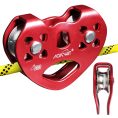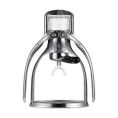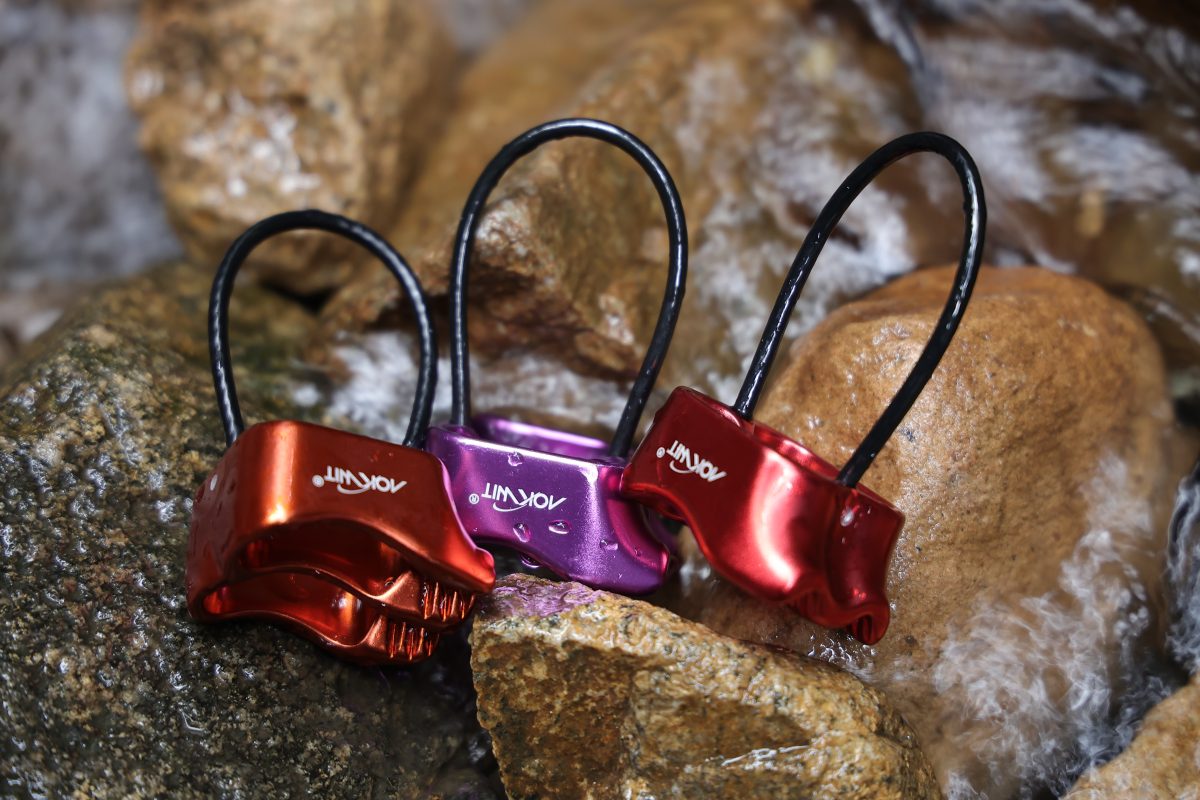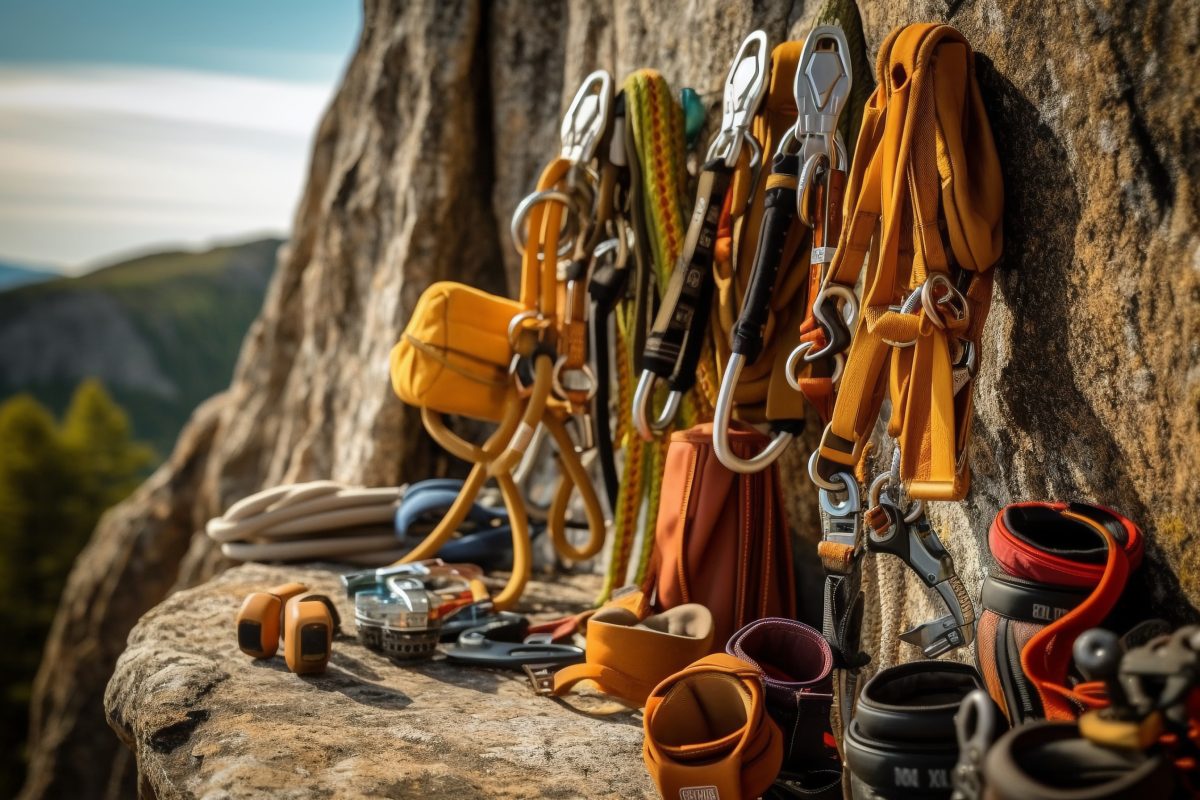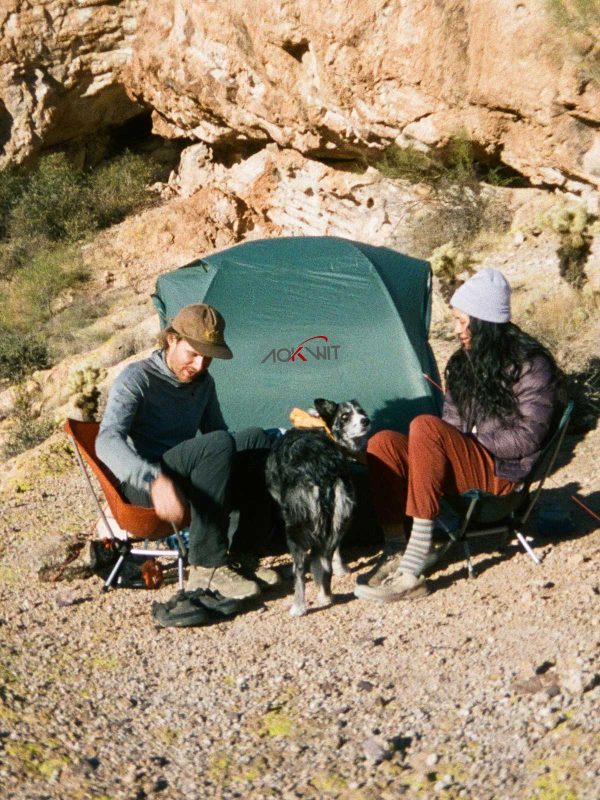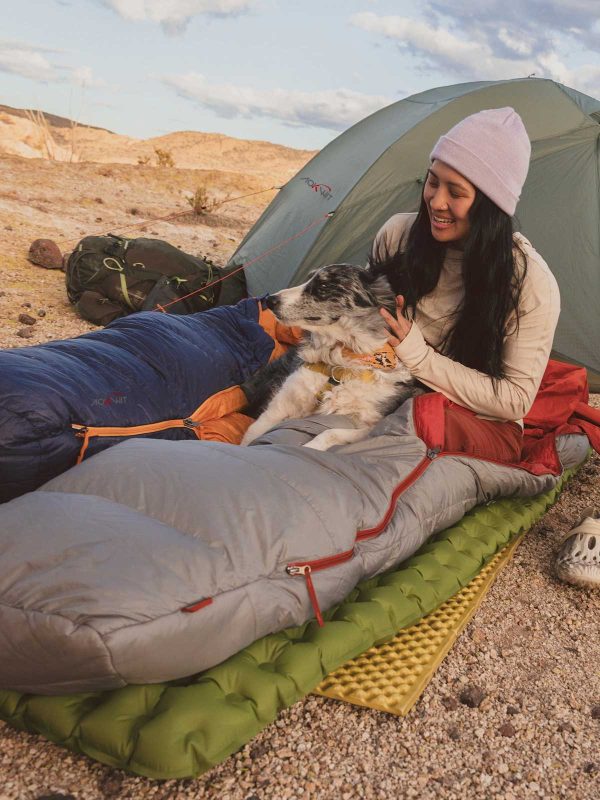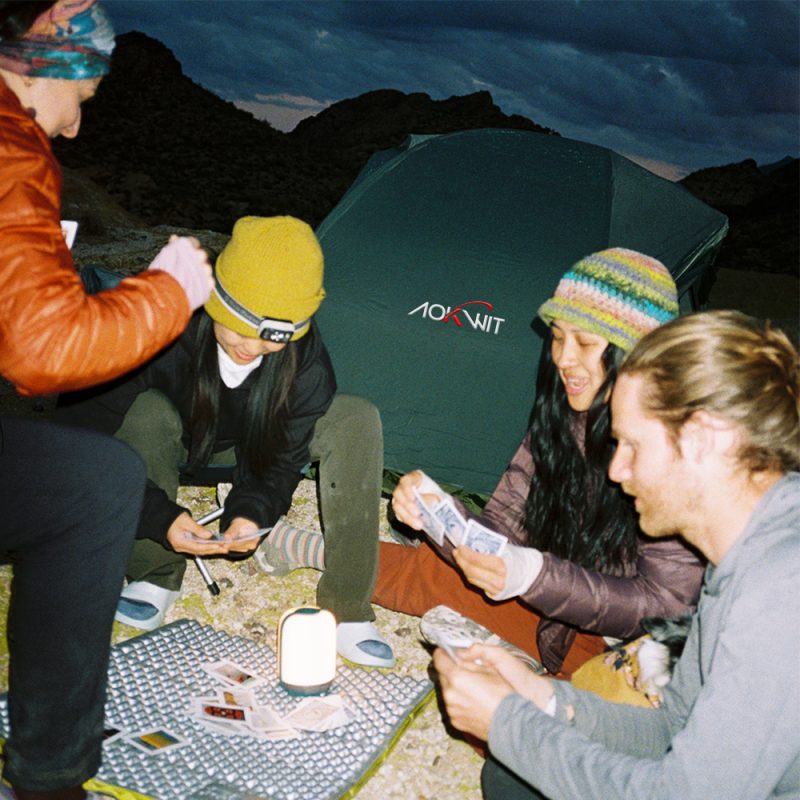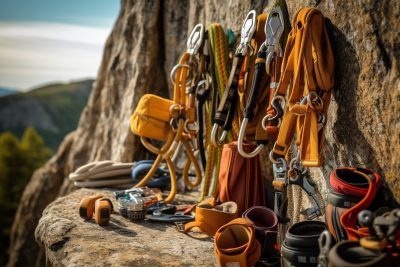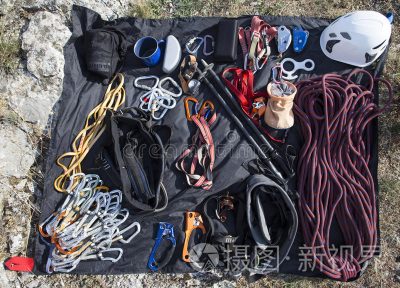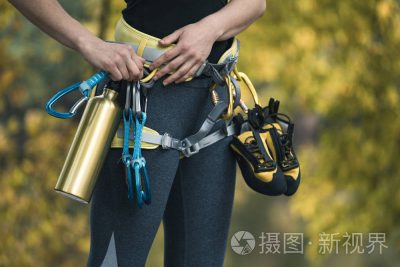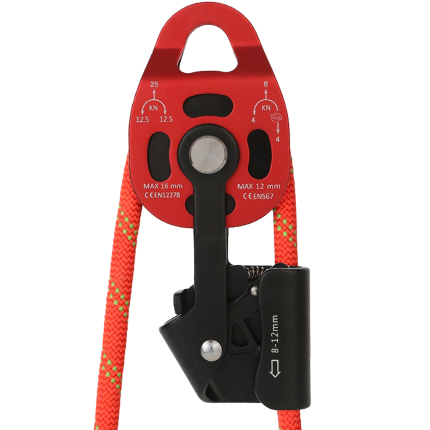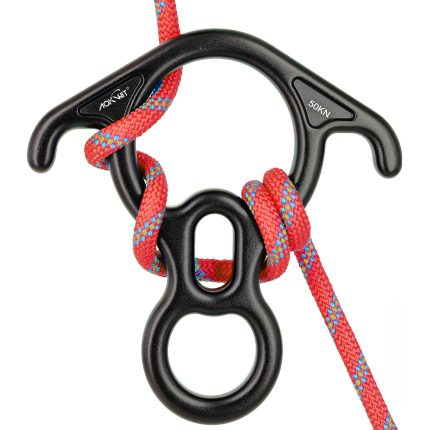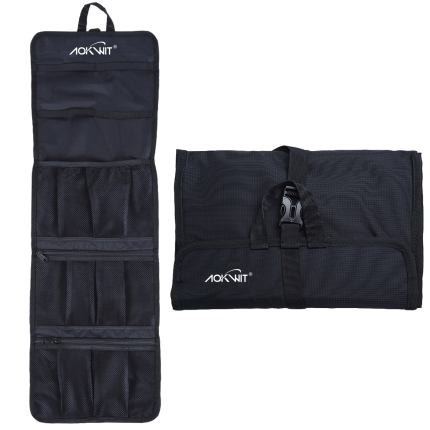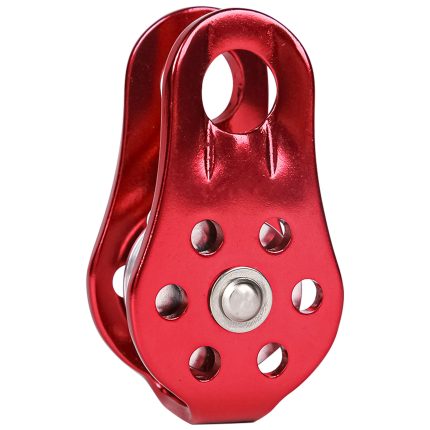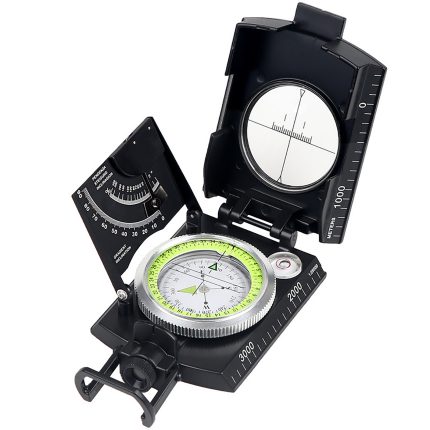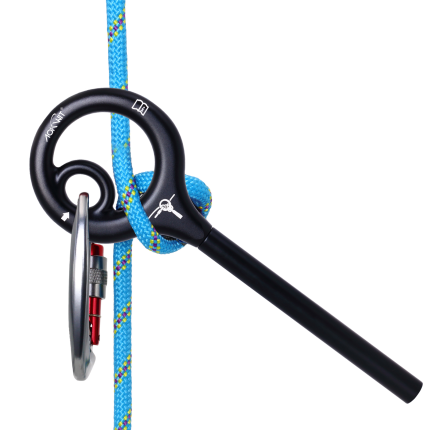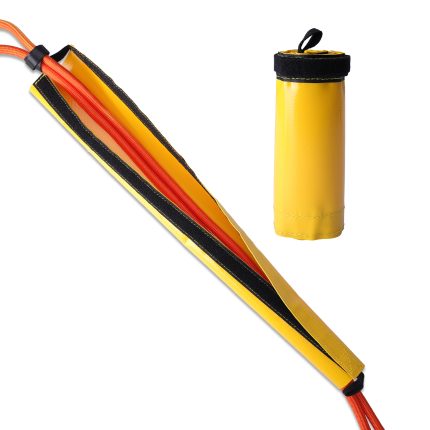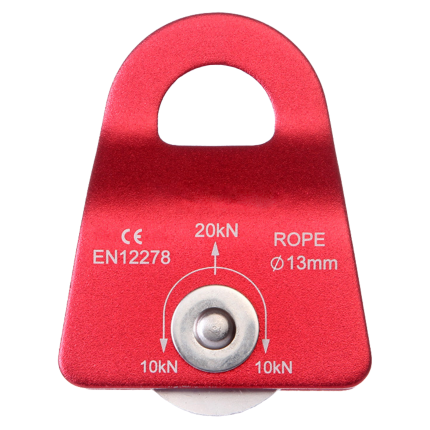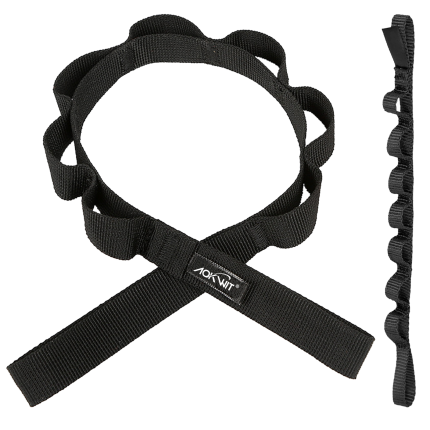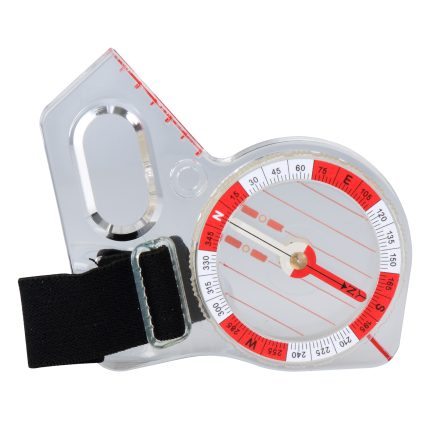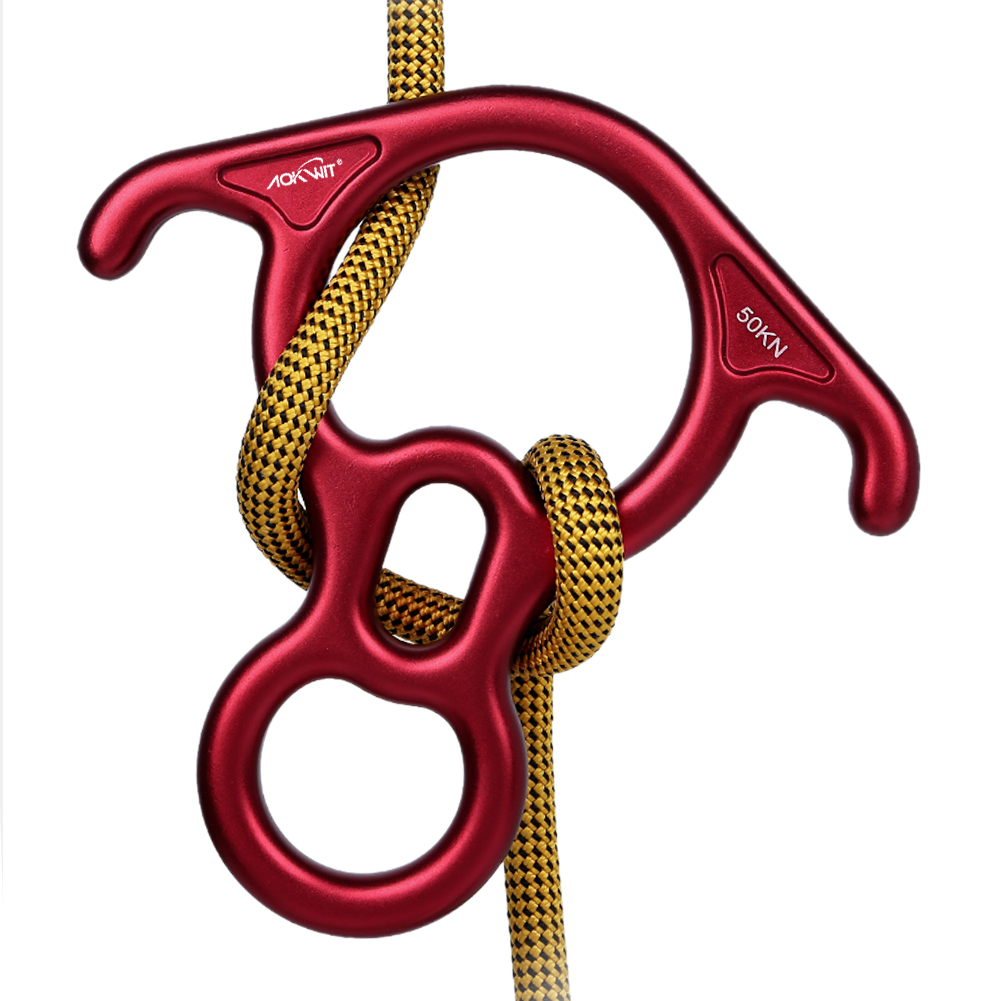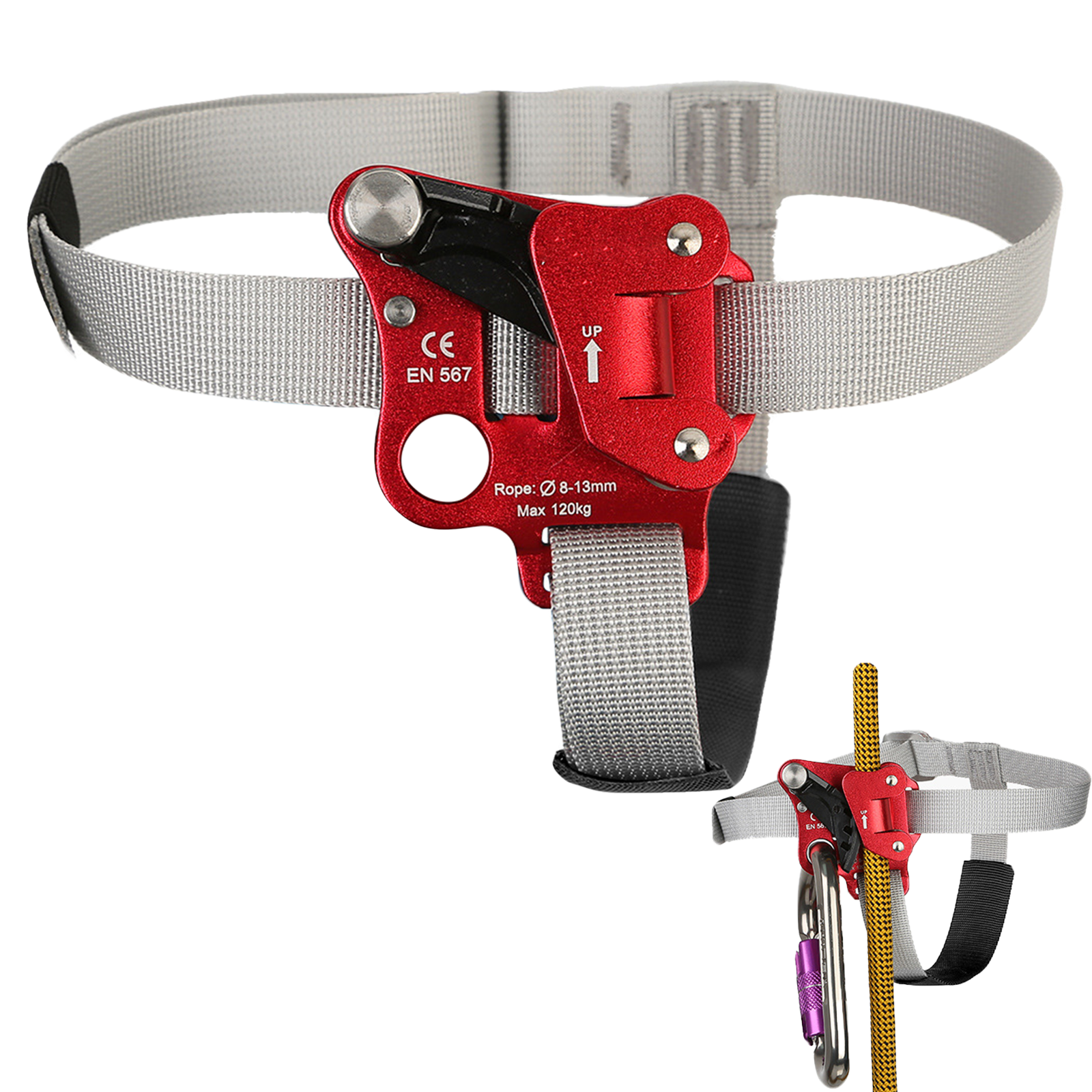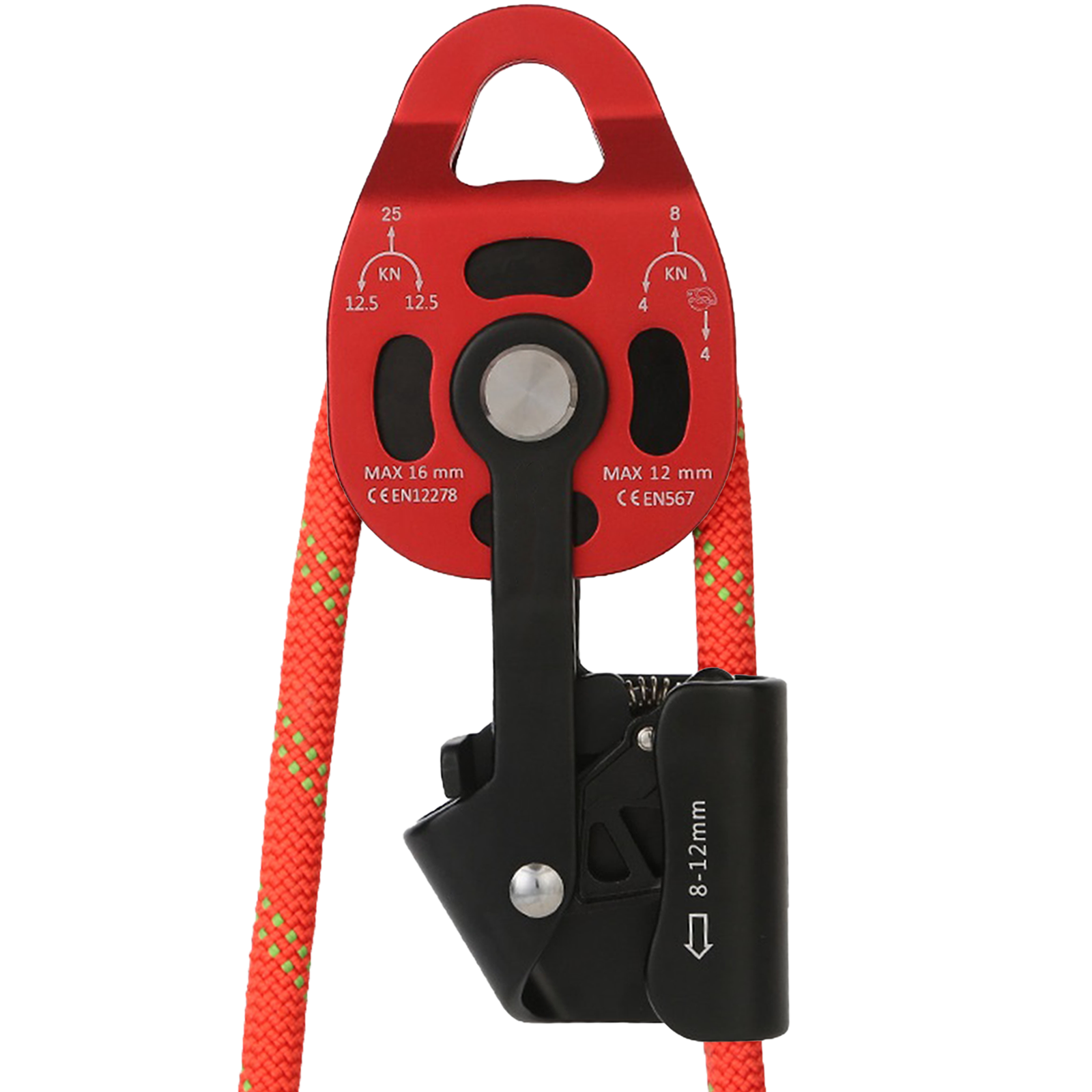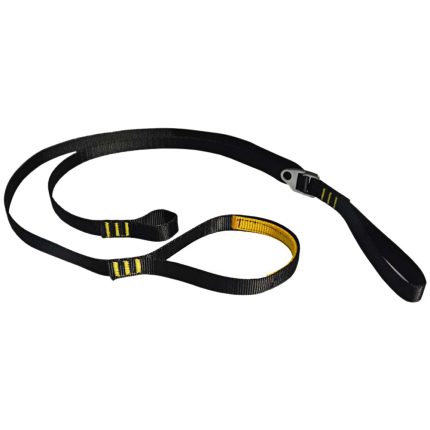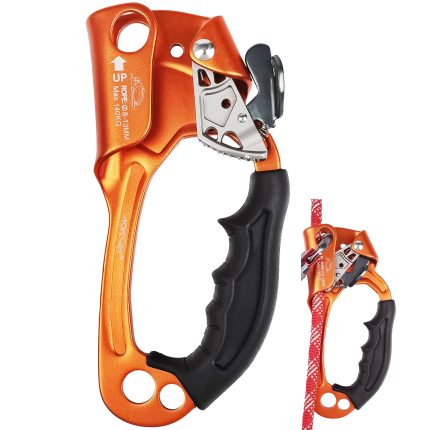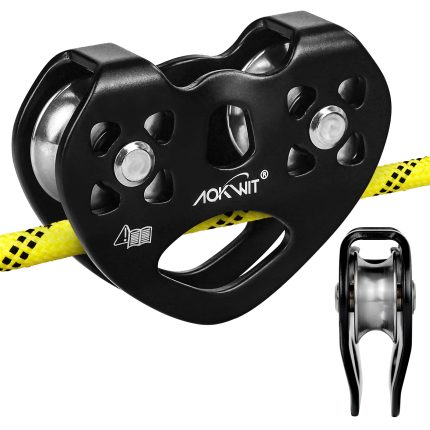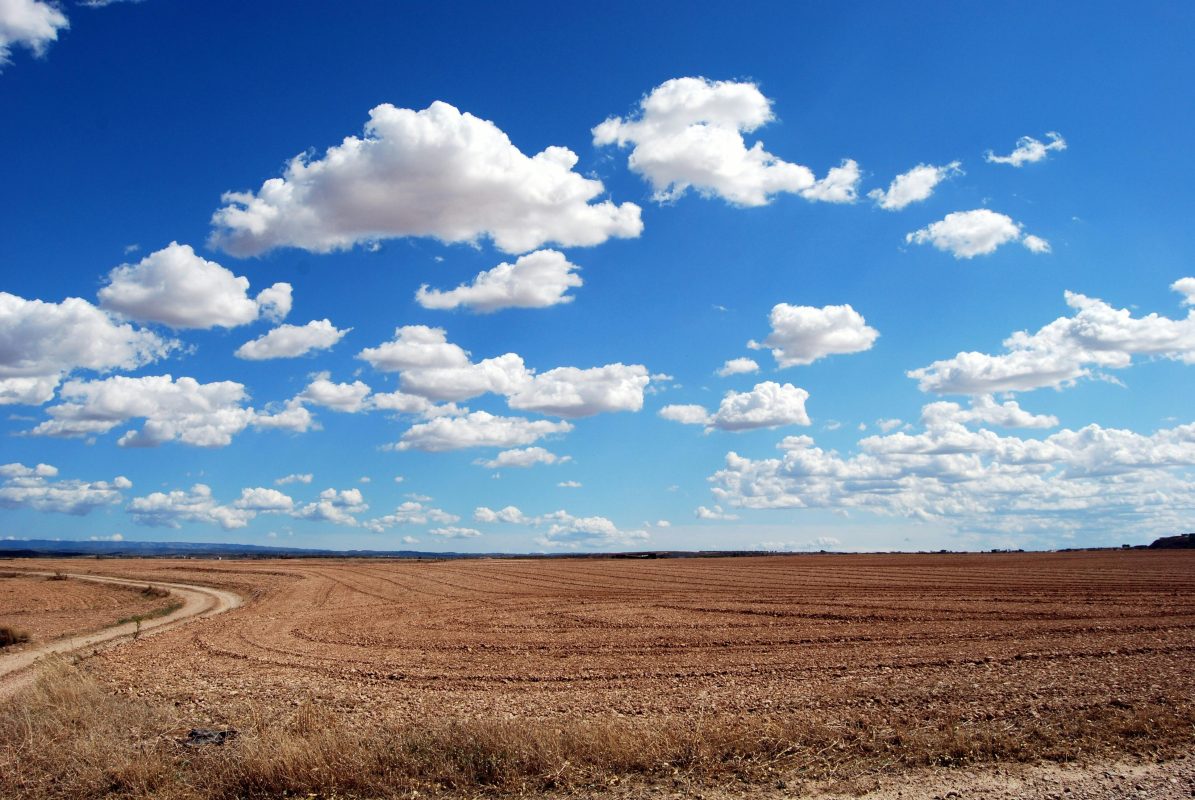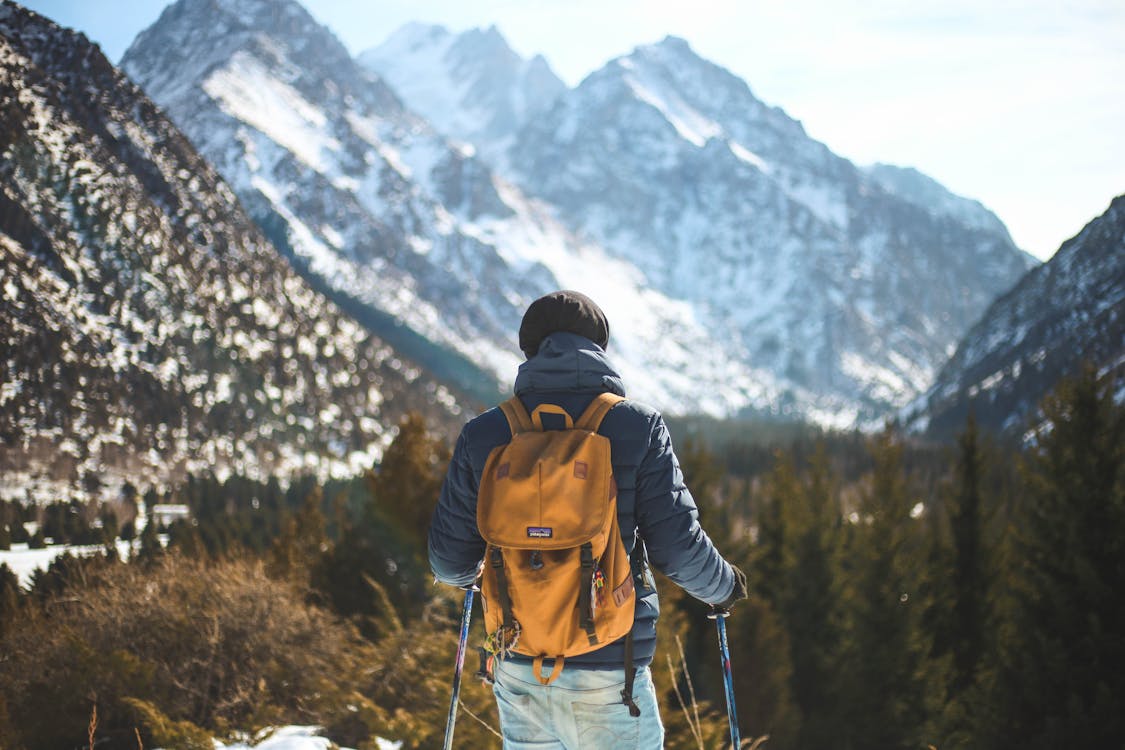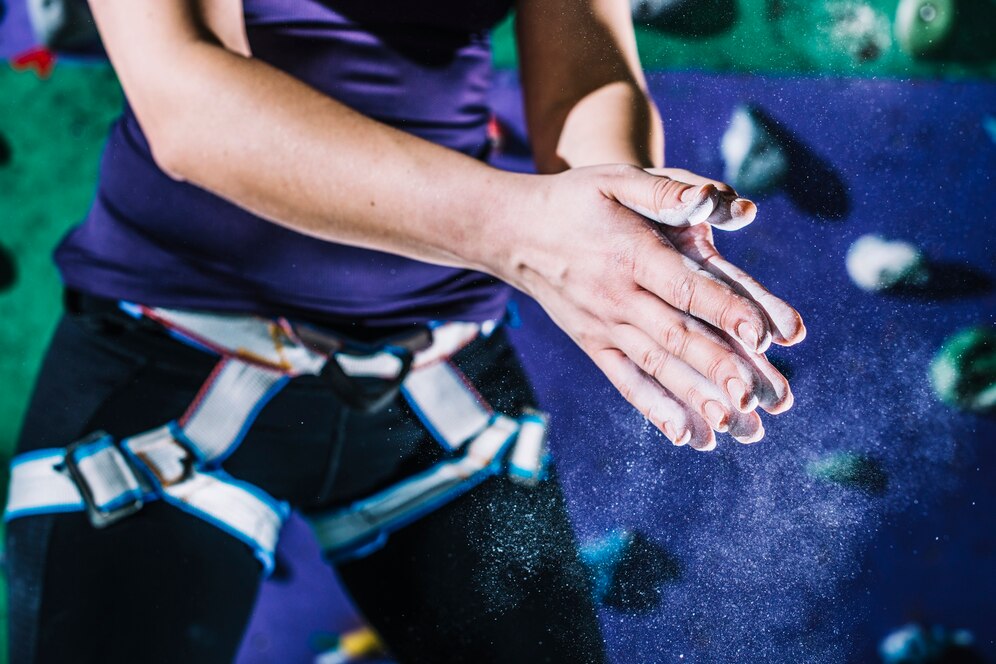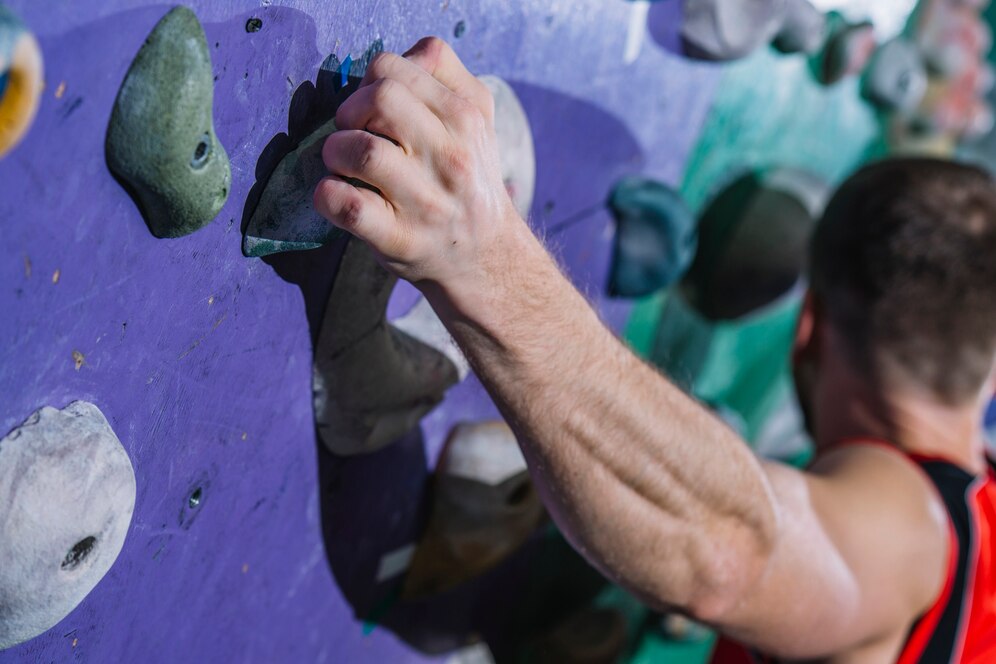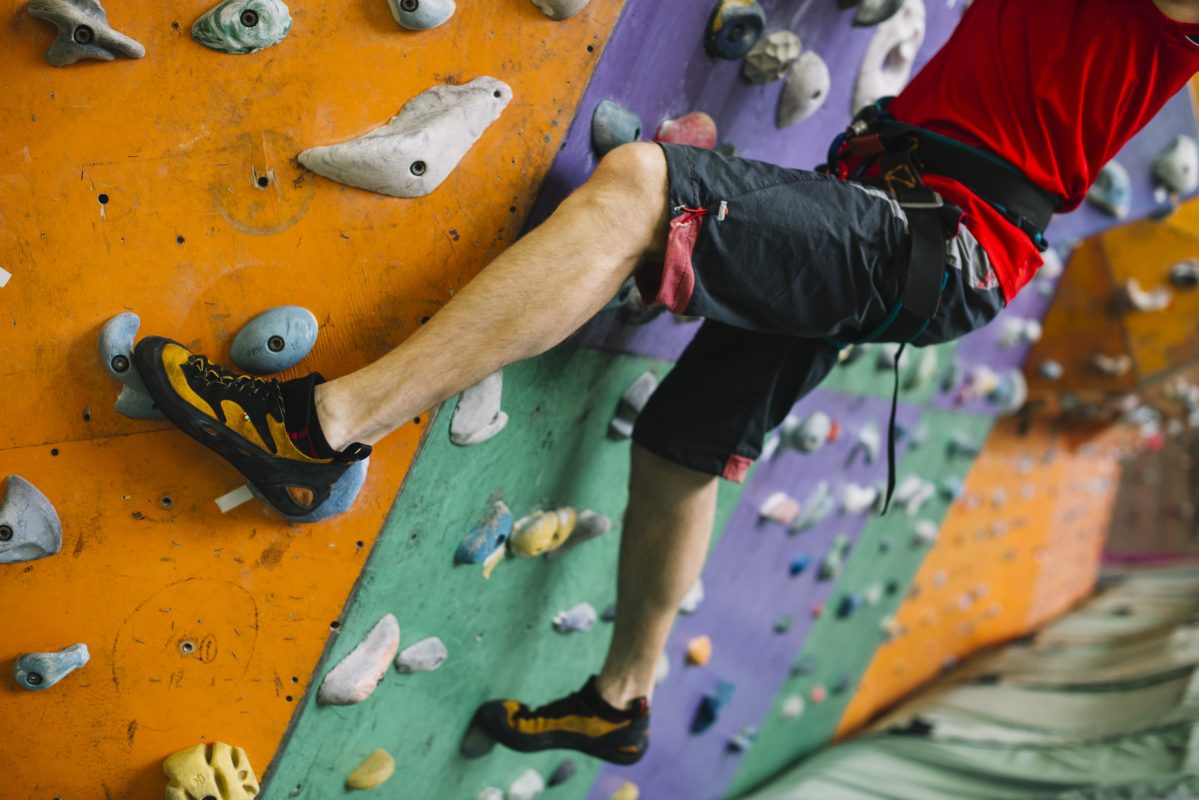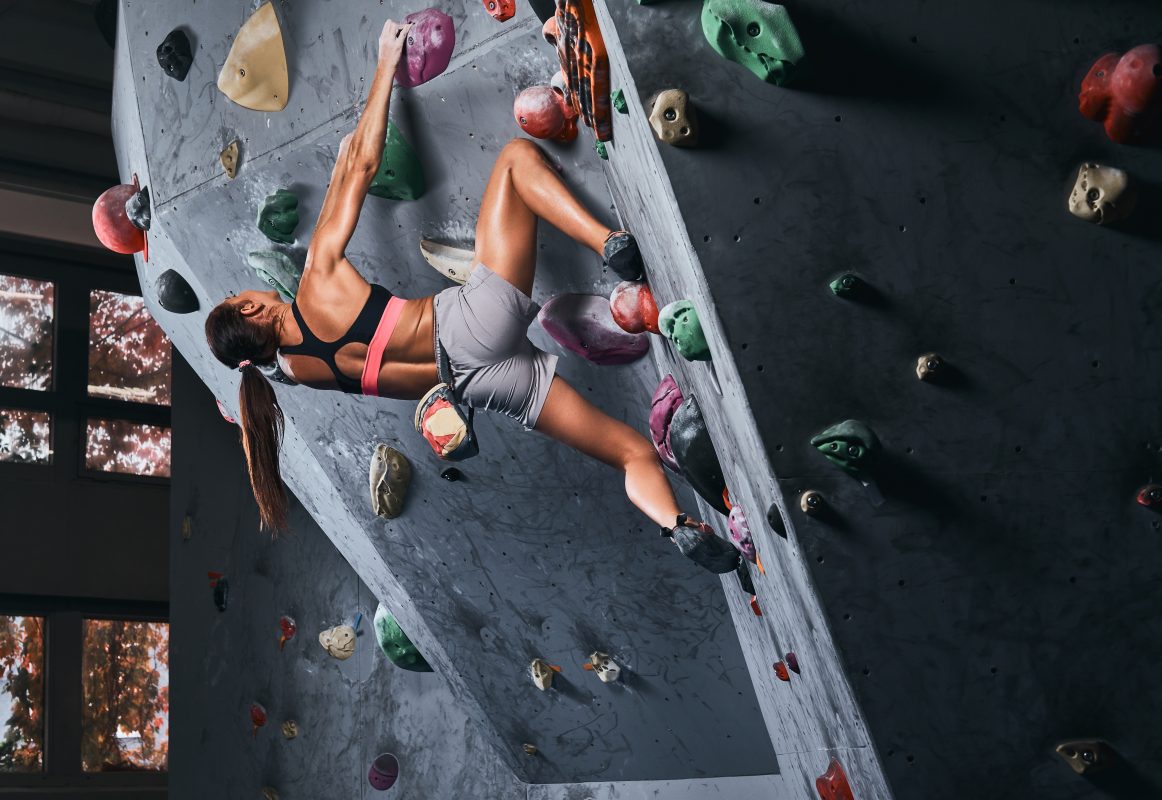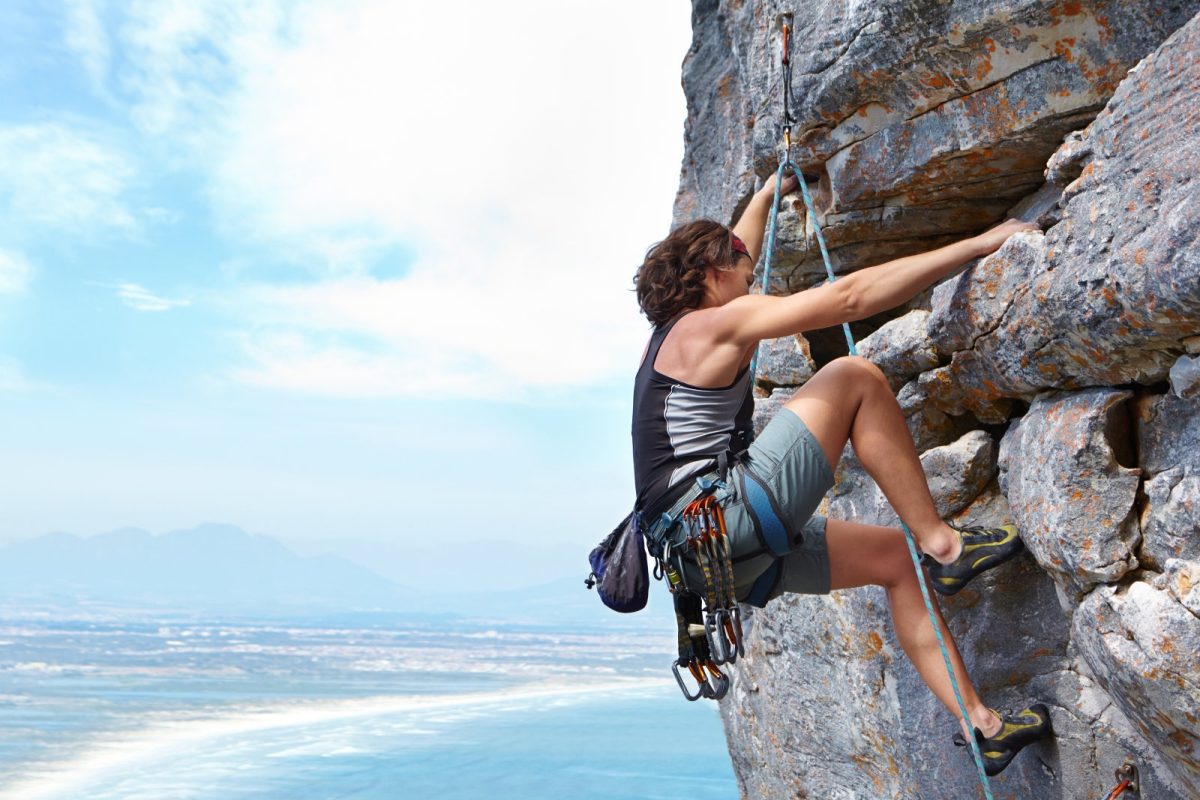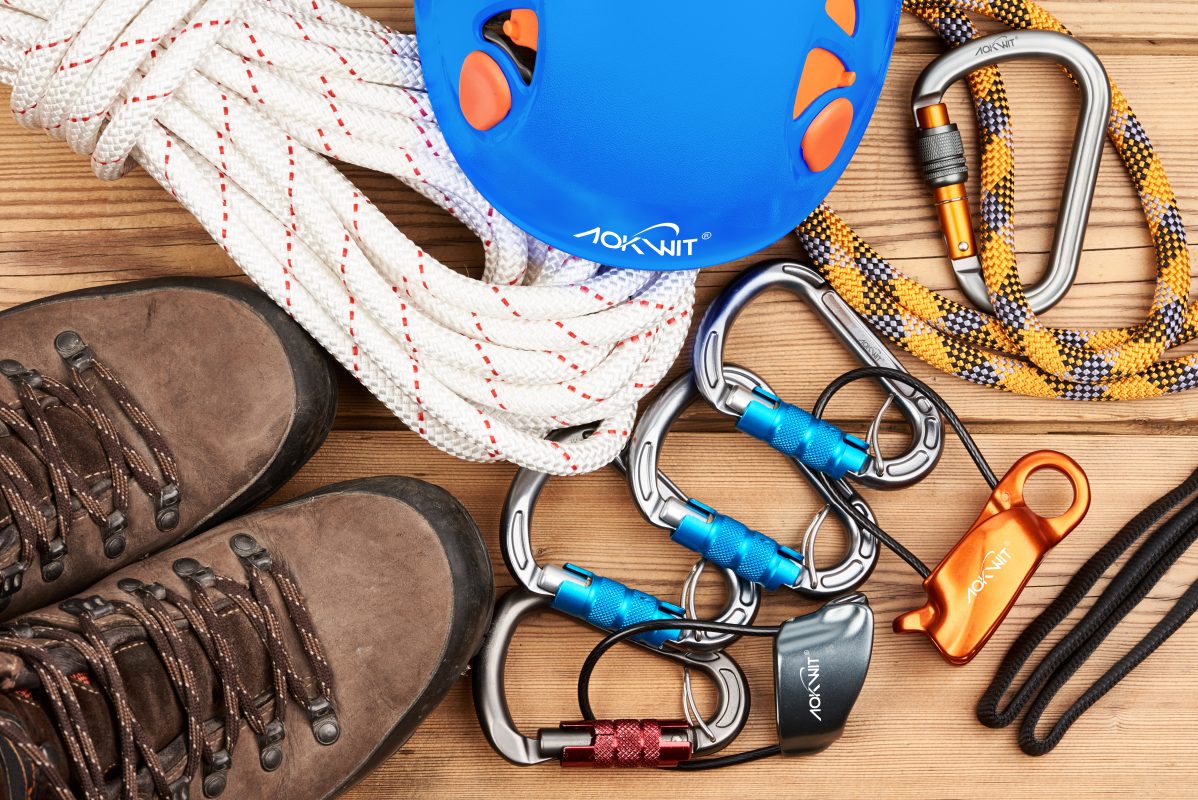Movement Principles & Techniques for Climbing
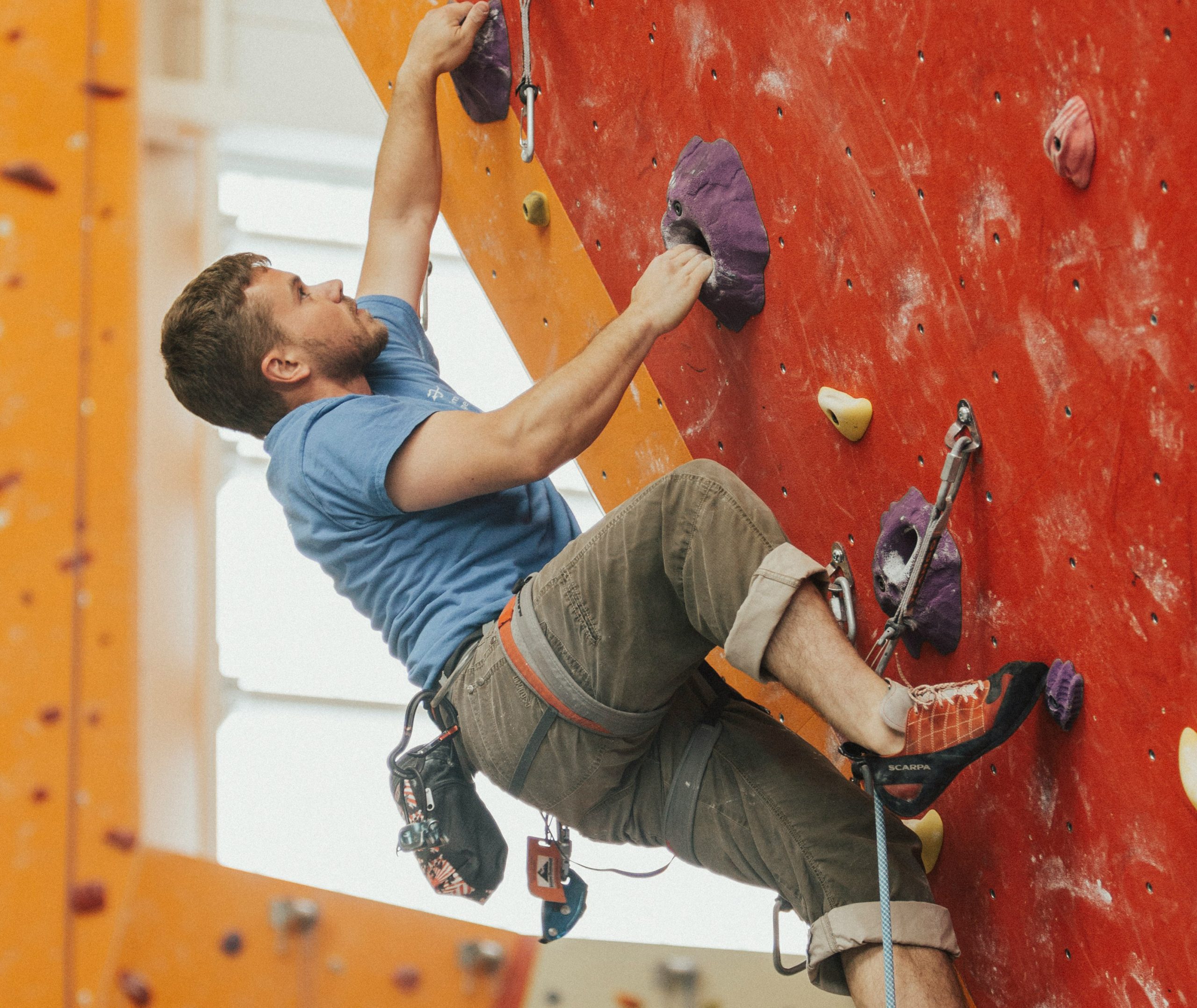
I. Principles vs. Surface Details
Rock climbing is unique because no two ascents are identical—we are always adapting to different challenges. Climbers themselves are distinct, often achieving the same summit through slightly different methods. Even at the highest levels, such as World Cup competitions, climbers of similar stature tackle the same route with different “beta” (solutions), demonstrating that there is no single “best way,” but rather multiple effective approaches.
How do we define good technique amid such variability and uncertainty? Consistent performance stems from the ability to identify repeating patterns. The first step is distinguishing universal principles from surface details. Universal principles, rooted in physics and physiology, involve integrating laws from both fields.
Examples include:
- Adjusting the center of gravity to a balanced position.
- Applying powerful pulls at the apex of a swing.
- Using foot placements optimally by pushing legs in the best direction to bear weight.
Most elite climbers adhere to these principles but may execute them differently:
- Varying movement sequences.
- Choosing different footholds.
- Gripping holds in unique ways.
- One might use a horizontal “flag,” while another uses a diagonal balance.
- One moves swiftly, another moves deliberately.
These are surface details. Our heights, limb proportions, strength, and flexibility differ—even when following the same principles, our body mechanics will rarely align exactly. This book focuses on the principles of climbing technique; as a climber, you must explore how to apply them to your unique physique.
II. Body Awareness
Before diving into specific movements, let’s address a foundational skill: body awareness—the ability to perceive your body’s state in real time. Ask yourself:
- What is my body’s posture?
- Which parts are moving? Which are still?
- When does a movement start? When does it end?
- How do I initiate a movement? How do I resist it?
- Where do I feel tension? Where am I relaxed?
- Where is my body positioned in space?
This is a challenging skill because most movements are subconscious. While you can’t fully track every motion, staying aware helps you:
- Identify why a successful movement worked;
- Pinpoint past mistakes and correct them;
- Perform more consistently;
- Tap into your body’s innate intelligence.
We’ve all experienced “high-quality movements”—days when everything feels effortless, or a long-practiced move suddenly clicks. Great climbing feels like floating, which is why many are obsessed. But these moments are hard to replicate.
Scenario Example:
Mei attempts a route at the gym, falling repeatedly at a crux. On her fifth try, the movement “feels right,” and she breezes through the crux to the top. While delighted, she can’t identify what changed, attributing success to persistence.
If this is your norm, you need stronger body awareness. Repeated attempts and positivity may send routes, but lacking awareness will stall long-term progress. Without sensing movements, you can’t replicate successes or fix errors; without controlling your body, you can’t adjust techniques; without awareness, you can’t learn from experience.
The goal of long-term progress is to increase the ratio of high-quality movements. Awareness lets us escape trial-and-error cycles for meaningful improvement.
III. Exploration: Memory vs. Video
These exercises enhance awareness of climbing’s explicit elements, laying groundwork for understanding abstract concepts like weight distribution, balance, and potential energy.
Version 1: Movement Sequence
- Film your climb with a phone.
- After completing the route, recall the movement order.
- Compare your memory to the video for accuracy.
- Repeat until you can precisely reconstruct the sequence.
Version 2: Crux Movement
- Film attempts at an uncompleted crux.
- When falling, recall your body’s position before falling:
a. Where were your hands?
b. Where were your feet?
c. Where was your hip?
- Verify with the video and design solutions.
- Repeat until the move is mastered!
IV. The Five Principles
Most climbers focus on surface details when watching others or reviewing their own climbs, such as:
- Movement order;
- Arm posture (bent or straight);
- Footwork (hold choice and flag direction);
- Perceived difficulty of moves.
These details help only for mindless imitation. When analyzing your own attempts, such observations are too shallow, often leading to mental blocks. Instead, ask:
- Am I in a stable or moving state?
- Where is my weight distributed?
- Where does the movement originate?
- What is the direction of motion?
- Is the force applied optimal?
These questions target universal principles—the “Five Principles“:
- Principle 1: Climbing Cycles Between “Stable” and “Movement” Phases
Stability vs. Movement
Every route can be broken into a cycle of “stable” and “movement” phases:
- Stable Phase:
- Feeling balanced;
- Center of gravity mostly stationary, though arms, legs, or head may adjust;
- Typically corresponds to balanced postures or rigid body tension to maintain position.
- Movement Phase:
- Body in motion;
- Center of gravity translating through space;
- Driven by imbalance or response to external forces (e.g., pushing/pulling).
Classic Rhythm
Climbing alternates between stability and movement:
Stable → Move → Stable → Move…
This rhythm is fundamental, even in elite outdoor climbing.
Exploration: Stable-Movement “Beatkeeping”
Practice rhythm recognition by watching climbing videos:
- Tap your left hand for stable phases, right hand for movement phases.
- Analyze the climber’s rhythm pattern.
- Compare it to your own climbing rhythm.
Common Mistakes
“Rushing” (Move → Move → Move…): Continuous motion without stability, trying to “outrun gravity,” leading to rapid fatigue.
“Hesitation” (Stable → Stable → Stable…): Overemphasizing balance, moving too slowly, and stalling from fear of falling. As stamina depletes, willingness to move decreases.
Other Rhythms
- Coordinated Motion: Stable → Move → Move → Stable… (for sections with no secure holds).
- Efficient Transitions: Same as above, using momentum while anchored by stable phases.
- Speed Climbing: Almost entirely in movement phases (specific to speed routes only).
2. Principle 2: Always Prioritize Weight Distribution
Where is the weight?
Key question: How many contact points (hands/feet) are bearing weight?
- Count contact points.
- Determine which actually support weight (test by asking if removing the point would disrupt balance).
Weight perception is foundational for technical analysis, helping you:
- Find balance for stability;
- Generate maximum force from a stable base;
- Create momentum through shifting the center of gravity.
Exploration: Weight Perception Training
Enhance awareness with eyes-closed ground exercises:
- Stand barefoot, feet hip-width apart.
- Close your eyes, shift weight forward/backward/sideways, and feel distribution changes.
- Repeat similar exercises on the wall.
Eight Body Postures
Climbing movements can be classified into eight types based on the number of weight-bearing points, each with unique technical advantages and disadvantages.
3. Principle 3: Movements Flow from Bottom to Top
Where does movement start?
Watch slow-motion footage of your climbs to observe:
- Which body part moves first?
- How do subsequent movements connect?
Ideally, movement begins with the feet, travels up the lower body, and finally to the upper body. This sequence coordinates full-body strength, making climbing easier. Starting from the top creates conflicting motions, increasing difficulty.
Exploration: Slow-Motion Climbing
- Choose a simple move and perform it normally.
- Repeat it extremely slowly (e.g., take 5 seconds for a single move).
- Analyze the starting point and flow direction of the movement.
4. Principle 4: Move in the Correct 3D Direction
Connect Start and End Points
Movement links two stable positions; the correct direction follows the 3D path between them. Simplify by treating your “midpoint” (below the navel, core center) as the reference and planning its trajectory.
2D vs. 3D Thinking
Many climbers neglect the “forward/backward” dimension (often viewing climbs from behind). Plan routes that include all three dimensions before moving.
Exploration: Back View vs. Side View
- Film the same route from behind and the side.
- Observe the midpoint’s trajectory and compare perspective differences.
5. Principle 5: Precision—No More, No Less
Climbing demands precision. Even with correct principles, too little force misses holds, too much causes swinging. Tolerance varies by hold type: large jugs allow errors, while crimps and slopers require precision.
Precision Training Tips
- Avoid exaggerated movements (they ingrain bad habits);
- Improve precision through:
- Force magnitude and type (explosive control vs. swinging);
- Movement path planning;
- Full-body targeting ability;
- Hold grip positioning.
Exploration: Precision Targeting
- Select three target points (e.g., bolt holes) on the wall.
- From a stable posture, aim to touch each target precisely.
- Measure your hit rate.
Conclusion
Focus on principles, not surface details. Use body awareness to understand and refine movements.
Five Principles Recap:
- Stable-movement cycles
- Weight distribution
- Bottom-up movement flow
- 3D directional movement
- Precision control
